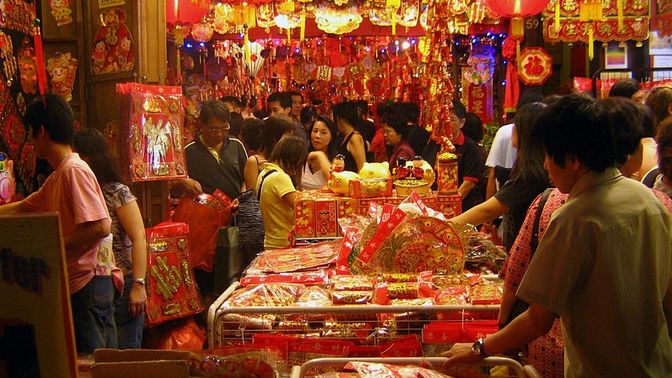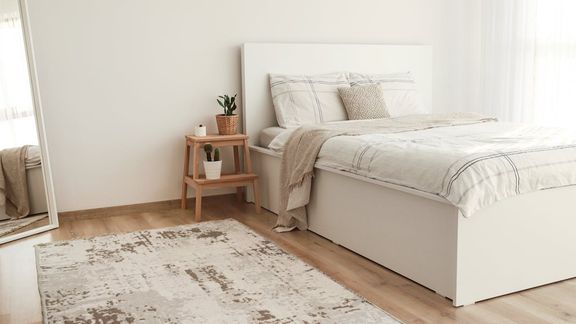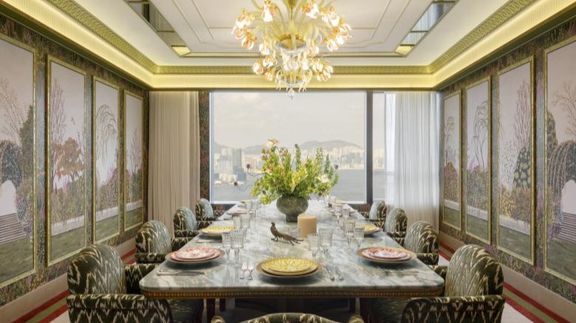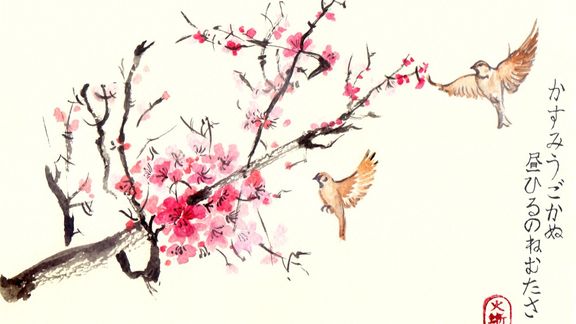Why Do Streets, Stores, Drawings, and Design Differ So Much Between the West and China?
The Aesthetics of Simplicity vs. Complexity
Ad
Why Do Streets, Stores, Drawings, and Design Differ So Much Between the West and China?
Welcome to the world of design aesthetics, where the West’s “less is more” meets China’s “more is everything.” Let’s explore this fascinating contrast of styles, philosophies, and cultural influences.
Minimalism in the West: When Less is More
Philosophical Influences: The Birth of Simplicity
Modernism: In the early 20th century, designers like Ludwig Mies van der Rohe and Le Corbusier rejected ornamentation, embracing the mantra “less is more.” Modernism prioritized clean lines and functionality over decorative excess.
Bauhaus Movement: Founded in 1919, the Bauhaus school merged art, craft, and technology, emphasizing “form follows function.” This led to practical, uncluttered designs that focused on utility.
Cultural Values: Keep It Simple
Individualism: Western culture values personal space and mental clarity, reflected in minimalist designs that avoid visual clutter.
Efficiency & Practicality: Minimalism aligns with the Western emphasis on efficiency—why use ten decorations when one suffices?
Economic and Industrial Factors: The Rise of Simplicity
Mass Production: The industrial revolution favored designs that were easy to manufacture, transport, and assemble. Flat-pack furniture like IKEA became iconic, embodying the minimalist ethos.
Complex Design in China: When More is Everything
Philosophical & Cultural Influences: The Art of Layered Meaning
Confucianism & Taoism: These philosophies emphasize harmony, balance, and symbolism. Designs often tell stories, with every detail carrying cultural or spiritual significance.
Symbolism: In China, a dragon represents power, a phoenix symbolizes rebirth, and even a teacup can hold centuries of meaning. Traditional Chinese wedding dresses, for example, are intricate tapestries of symbolism, unlike the simplicity of Western white gowns.
Historical Context: Opulence as a Statement
Imperial Aesthetics: The Forbidden City, with its golden roofs and red walls, showcased the grandeur of Chinese imperial design. Opulence was a way to display power and artistry.
Artisanal Traditions: Chinese artisans perfected crafts like silk embroidery and porcelain-making, creating intricate, timeless pieces.
Cultural Values: Harmony and Intricacy
Collectivism: Chinese design reflects a communal ethos, emphasizing interconnectedness and balance rather than individual expression.
Love for Detail: Traditional Chinese art and gardens are visual feasts, filled with layers of meaning and intricate details.
The Role of Nature: Feng Shui as a Guiding Principle
Harmony with Nature: Feng shui influences Chinese design, ensuring spaces align with natural energy. Winding paths, water features, and symbolic rocks create environments that feel balanced and alive.
The Influence of Calligraphy: Art in Every Stroke
Art of the Brush: Calligraphy is more than writing—it’s a foundational art form in China. Its fluidity and rhythm inspire everything from typography to architecture.
Contemporary Trends: East Meets West
Globalization has blended these contrasting styles, creating exciting new design languages:
Western Design Meets Eastern Symbolism: Scandinavian minimalism now incorporates intricate Chinese patterns, merging simplicity with cultural depth.
Chinese Design Embraces Simplicity: Modern Chinese architecture features clean lines and open spaces, subtly infused with traditional motifs and natural materials.
Digital Age: Chinese e-commerce platforms are visually dense, reflecting a love for richness, while Western websites tend to be cleaner and more structured.
Conclusion: The Beauty of Contrast
The interplay between Western minimalism and Chinese complexity enriches the design world. It’s like comparing a haiku to an epic poem—both are beautiful in their own ways. Whether you prefer the Zen of simplicity or the richness of detail, there’s room for both in the ever-evolving world of design.





